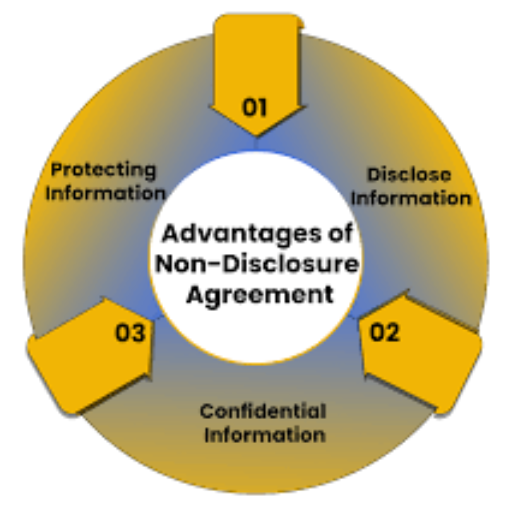Translation Quality Analyst-AI-powered translation quality check
AI-driven translation quality analysis
Assess this translation for quality.
Is this translation consistent with our brand?
Check this document for translation errors.
How can I improve this translation's quality?
Related Tools
Load More
Transcription Analyst
Analyzes meeting transcripts, provides a summary, key discussion points, decisions, and next steps.

Video Transcriber, Translator, and Analyzer 🎥🔍📝
Get video transcription, summary and analysis in any language

Translate
🔴#𝟏 𝐋𝐚𝐧𝐠𝐮𝐚𝐠𝐞 𝐓𝐫𝐚𝐧𝐬𝐥𝐚𝐭𝐨𝐫 𝐓𝐨𝐨𝐥🔴

Translator Assistant
Comprehensive translation and linguistic assistance tool (Version 2.0)

Search Quality Evaluator GPT
Analyse content through the official Google Search Quality Rater Guidelines.

SearchQualityGPT
Evaluates how your content aligns with the EEAT criteria and provides detailed suggestions for enhancement.
20.0 / 5 (200 votes)
Introduction to Translation Quality Analyst
Translation Quality Analyst is a specialized tool designed to evaluate and enhance the quality of translations across multiple languages. It is rooted in the MQM (Multidimensional Quality Metrics) framework, which is a comprehensive model used to assess various dimensions of translation quality. The purpose of Translation Quality Analyst is to provide detailed, objective feedback on translations, helping translators, reviewers, and organizations maintain high standards of accuracy, consistency, and cultural appropriateness in their multilingual content. For example, in a scenario where a company is launching a global marketing campaign, this tool can be used to ensure that the translations of marketing materials are not only linguistically accurate but also culturally relevant and engaging in each target market.

Main Functions of Translation Quality Analyst
Translation Quality Assessment
Example
A software company needs to localize its user interface into several languages. By using the Translation Quality Analyst, the company can assess the quality of these translations, identifying issues like terminology inconsistency, mistranslations, and grammatical errors.
Scenario
The Translation Quality Analyst evaluates the translations against a set of predefined criteria, such as fluency, terminology accuracy, and style consistency, and provides a quality rating along with suggestions for improvement.
Feedback on Translation Issues
Example
A translator submits a translated legal document for review. The Translation Quality Analyst identifies issues like incorrect legal terminology and suggests more appropriate terms.
Scenario
In this scenario, the tool highlights errors in specific areas such as terminology, coherence, or formatting, and offers corrective suggestions to improve the final translation, ensuring it meets legal standards.
Glossary and Termbase Integration
Example
An international company uses a specific set of terms across all its documentation. By integrating their termbase with the Translation Quality Analyst, they can ensure that all translations adhere to these standardized terms.
Scenario
The Translation Quality Analyst cross-references the translations with the company's glossary or termbase, ensuring that preferred terms are consistently used across all languages, reducing the risk of miscommunication and ensuring brand consistency.
Ideal Users of Translation Quality Analyst
Professional Translators and Reviewers
These users benefit from the tool by receiving detailed feedback on their work, helping them to identify and correct errors that may not be immediately apparent. This is particularly valuable in high-stakes environments, such as legal, medical, or technical translation, where accuracy is critical.
Localization Managers and Content Owners
These professionals use the tool to ensure that translations meet their organization's quality standards. By using the Translation Quality Analyst, they can systematically evaluate translations, ensuring consistency and quality across all languages and regions, which is crucial for maintaining brand integrity and customer trust.

How to Use Translation Quality Analyst
Visit aichatonline.org
Visit aichatonline.org for a free trial without login, no need for ChatGPT Plus.
Prepare Your Content
Have the source content and target translation ready. Ensure that the text is clear, properly formatted, and free of major errors before proceeding.
Upload or Paste Content
Upload or paste both the source text and its translation into the designated fields within the Translation Quality Analyst interface.
Specify Preferences
Optionally provide a glossary or termbase for more accurate evaluations. Select any specific dimensions or criteria you want to emphasize during the analysis.
Run the Analysis
Initiate the translation quality analysis. Review the feedback provided, which includes a quality rating and detailed suggestions for improvement.
Try other advanced and practical GPTs
Make My NDA
AI-powered NDA creation for businesses

Creative Muse
Unleash your creativity with AI-powered insights.

Rick Sanchez
Your AI-powered portal to chaos.

Presentation GPT by SlideSpeak
AI-Powered Presentation Generation Made Easy

Prompt Wizard
AI-Powered Prompt Optimization

AI杠精
Sharp, AI-crafted replies for any argument

Advanced Pedagogical Conversation AI
Unlock Advanced Learning with AI.

image Prompt Word Expert
AI-enhanced image prompts for stunning visuals.

Reels GPT by Kossolapov
AI-Powered Enhancements for Viral Reels

Mom tells stories before bed
AI-powered bedtime storytelling in pictures

精准农业-GPT
AI-driven precision agriculture for data-driven farming

Celia翻譯成中文
AI-Powered Translation to Traditional Chinese

- Content Review
- Technical Translation
- Localization
- Translation Review
- Linguistic QA
Frequently Asked Questions about Translation Quality Analyst
What is the primary function of the Translation Quality Analyst?
The primary function of Translation Quality Analyst is to evaluate and assess the quality of translations by comparing source and target texts. It provides a detailed analysis across various dimensions such as accuracy, fluency, and consistency, helping to ensure high-quality translations.
Can I use Translation Quality Analyst without a glossary or termbase?
Yes, Translation Quality Analyst can be used without a glossary or termbase. However, providing one can enhance the accuracy of the quality assessment by ensuring consistency with specific terms and phrases.
What types of errors does Translation Quality Analyst detect?
Translation Quality Analyst detects a wide range of errors, including mistranslations, omissions, grammatical mistakes, stylistic issues, and inconsistencies. It also provides suggestions for improving the translation quality.
Is Translation Quality Analyst suitable for all languages?
Translation Quality Analyst supports multiple languages, though the effectiveness may vary depending on language pairs. The tool is continuously updated to expand its language capabilities and improve its analysis accuracy.
How does Translation Quality Analyst score translations?
Translation Quality Analyst uses a quality rating system based on the MQM framework, evaluating translations on a scale from 0 to 10 across different dimensions like accuracy, fluency, and consistency. This score reflects the overall quality and identifies areas for improvement.